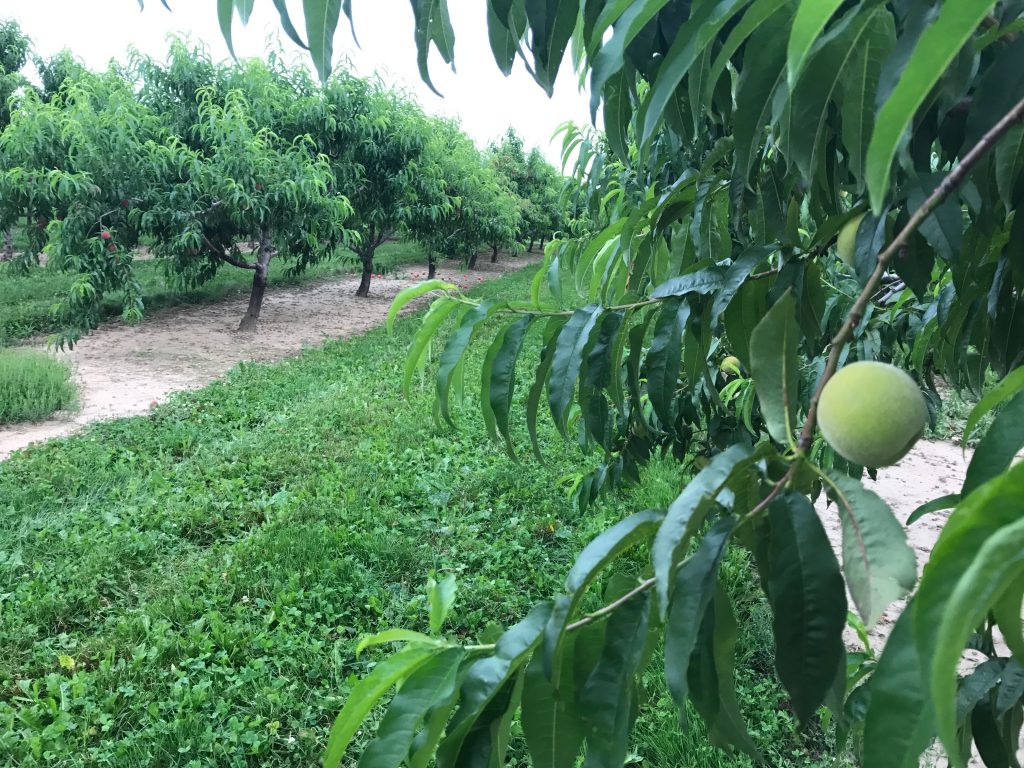
August 28, 2017, Washington – In today’s modern, high-density orchards, growers are constantly seeking new ways to match the biology of their trees with emerging technologies in mechanization. The goal: improve both yields and efficiency.
“It’s true that some technologies don’t exist yet, but the compact, planar architectures with precision canopy management are most suitable for future mechanization and even for robotics,” said Matthew Whiting, Washington State University research horticulturist. “So it is kind of an exciting time for what will be a new era of tree fruit production, as more and more technologies become available.”
Research labs and research orchards are driving new developments, but in many cases, they’re happening with innovative growers and private companies, he said.
“Growers are innovating with orchard systems and varieties and architectures, and that’s fueling university research in many cases, and conversely, universities are driving new genotypes and how to manage and grow them best,” Whiting said. “It’s all coming together as it has never before, and it is an exciting time.”
At the same time, employing the mechanization tools that already exist can take a variety of forms, across all four seasons.
Those platforms you’re using for harvest? You can use them for pruning, green thinning and training, too.
Two growers whose companies have been pushing forward with platforms, hedgers and other tools shared their insights for automating tasks in winter, spring, summer and fall with Good Fruit Grower.
For Rod Farrow, who farms 520 acres of apples at Lamont Fruit Farm in Waterport, New York, the emphasis has been to increase income with high-value varieties and to reach maximum potential income on his standard varieties, Honeycrisp, Fuji and Gala.
Almost everything is planted on Budagovsky 9 rootstock in 11-foot by 2-foot spacing, and he’s been planting and pruning to a fruiting wall for almost 18 years.
“It’s less about employing mechanization by season than about deciding the orchard system — as much as anything, making sure the system that you plant now is suitable for robot use,” he said. “If it’s not, you’re going to be in trouble in terms of how you can adapt that new technology, which is coming really fast.”
In the past two years, Farrow also has elected to install 3-foot taller posts in new plantings, allowing for a 2-foot taller system intended to increase production from 60 to 70 bins per acre to a more predictable 80-bin range. READ MORE
Print this page
 Jennifer Paige
Jennifer Paige